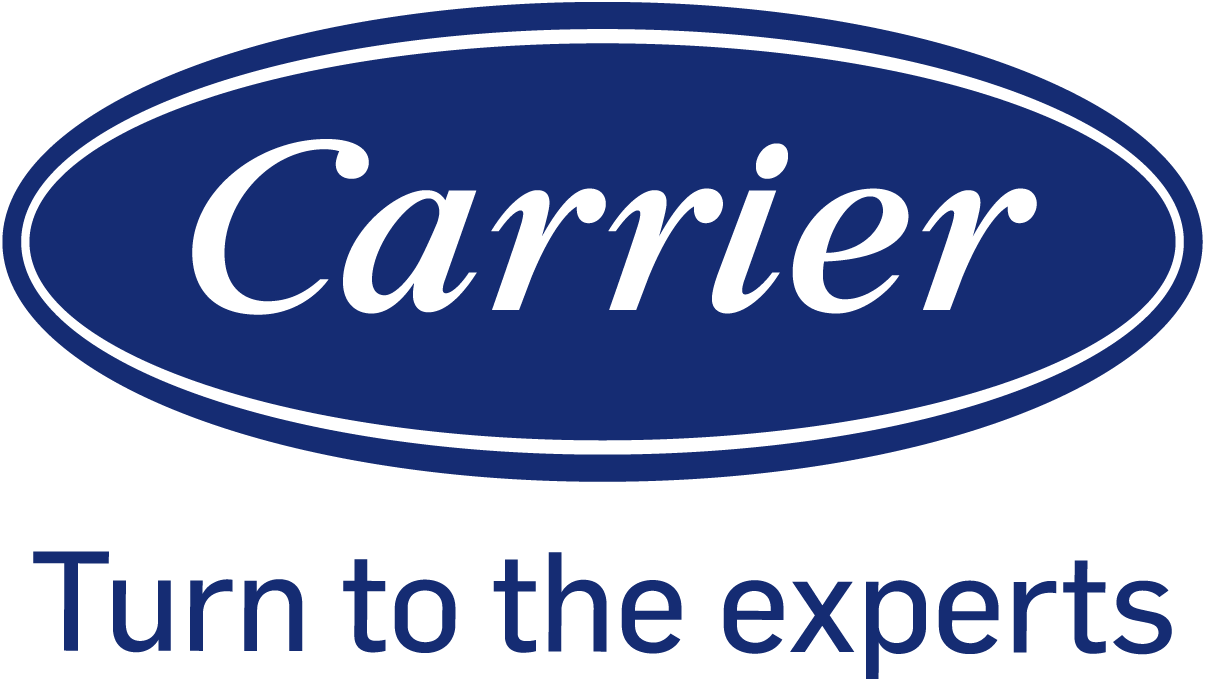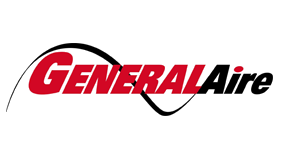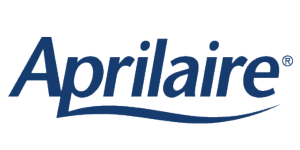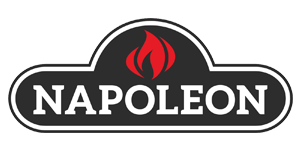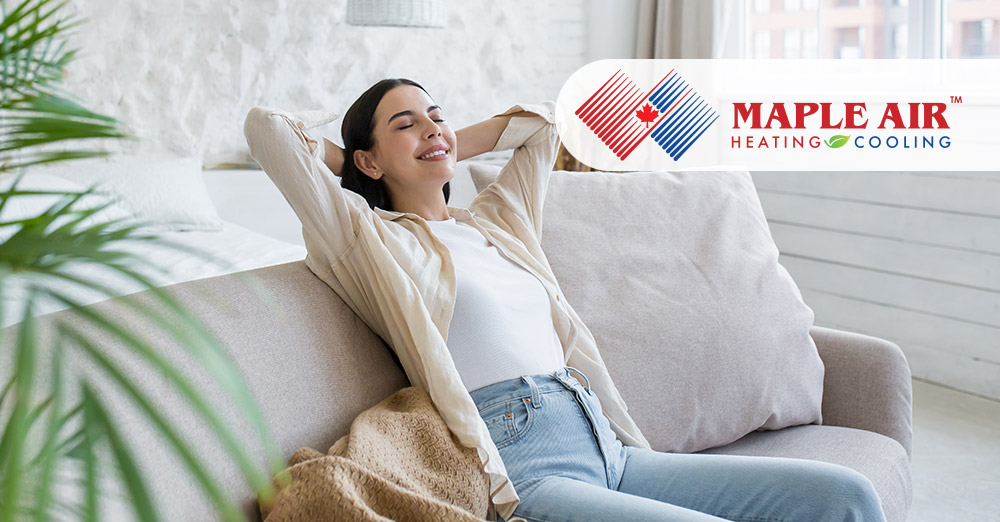
Navigating Seasonal Allergies: Tips for Cleaner Air
As seasonal allergies make
their presence felt, understanding how to navigate them effectively is
essential for maintaining a healthy indoor environment. Seasonal allergies are
often triggered by airborne allergens such as pollen, mold spores, and dust mites,
which can infiltrate our homes and exacerbate symptoms like sneezing,
congestion, and itchy eyes. Improving indoor air quality is paramount in
mitigating these effects and creating a cleaner, healthier living space.
Regular cleaning practices play a pivotal role in reducing allergens in the
home. Dusting surfaces, vacuuming carpets and upholstery, and washing bedding
frequently can help minimize the buildup of allergens and improve overall air
quality. In addition to regular cleaning practices, incorporating advanced
technologies like HEPA filters and UV light in air purification systems can
significantly improve indoor air quality. HEPA filters are highly efficient at
capturing microscopic particles, including allergens, ensuring cleaner air
circulation throughout your home. UV light technology works alongside HEPA
filters to neutralize airborne pathogens, bacteria, and viruses, further
enhancing air quality and reducing allergy triggers.
Maintenance of HVAC systems plays a crucial
role in combating seasonal allergies as well. Regularly changing air filters
helps prevent the buildup of dust and debris, ensuring that the air circulating
in your home remains clean and allergen-free. Proper humidity levels are also
essential, as excess moisture can promote mold growth, while overly dry air can
worsen respiratory symptoms. Using a humidifier or dehumidifier can help
maintain optimal humidity levels, providing relief for allergy sufferers. Humidifiers
and dehumidifiers play vital roles in regulating indoor humidity levels,
thereby improving indoor air quality. Humidifiers add moisture to the air when
it's too dry, helping to alleviate symptoms like dry skin, irritated sinuses,
and respiratory discomfort. The ideal indoor humidity range is generally
between 30% and 50%. Signs of high humidity include condensation on windows,
musty odors, and mold growth, while signs of low humidity include dry, itchy
skin, static electricity, and respiratory irritation.
Moreover, ventilation is vital for preventing
the accumulation of indoor pollutants and allergens. Heat Recovery Ventilators
(HRVs) and Energy Recovery Ventilators (ERVs) are advanced ventilation systems
that help maintain optimal indoor air quality by exchanging stale indoor air
with fresh outdoor air while retaining energy efficiency. These systems play a
crucial role in ensuring a comfortable and healthy indoor environment
year-round. HRVs are primarily focused on recovering heat energy from the
exhaust air before it is expelled from the building. They transfer heat from
the outgoing stale air to the incoming fresh air, ensuring that the indoor air
is constantly refreshed without significant heat loss. On the other hand,
ERVs not only recover heat but also moisture from the exhaust air. In addition
to transferring heat energy, ERVs transfer moisture between the incoming and
outgoing air streams, helping to regulate indoor humidity levels.
At Maple Air, our professional and highly
skilled team is dedicated to helping you address your HVAC needs and create a
healthier indoor environment. From routine maintenance and air quality
assessments to installation of air purification systems, we are here to support
you in your quest for cleaner air and allergy relief.

